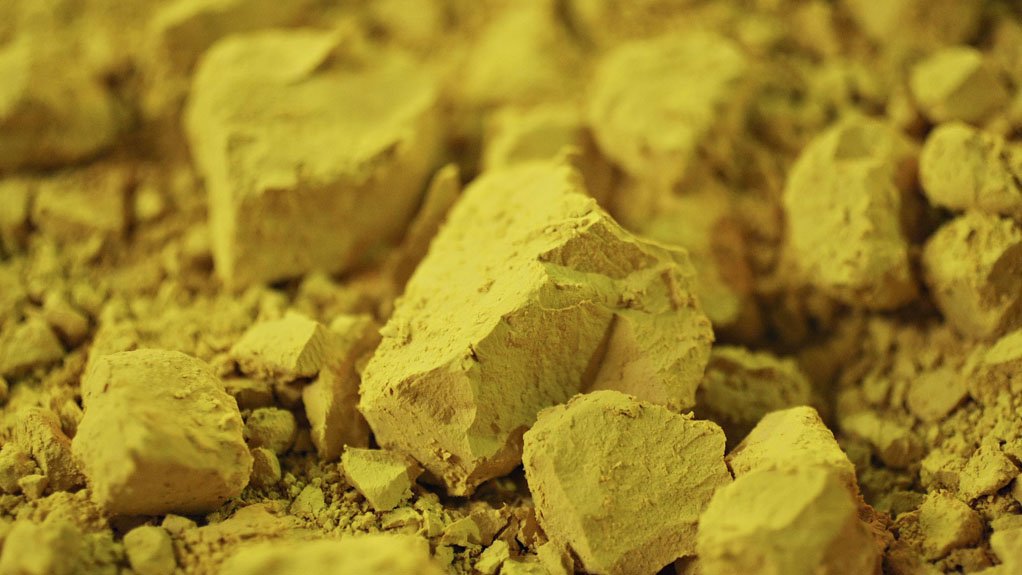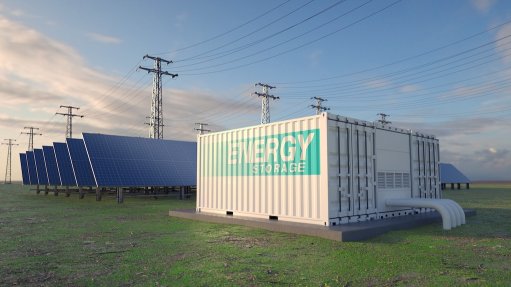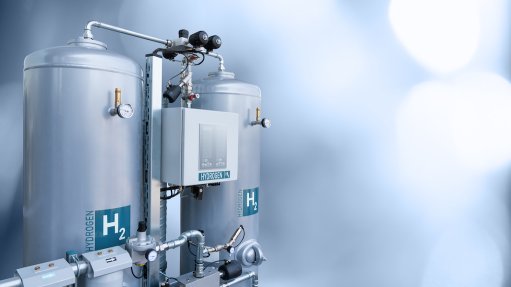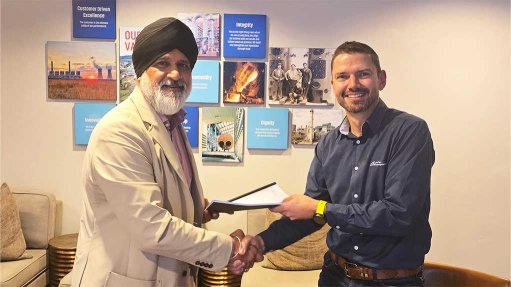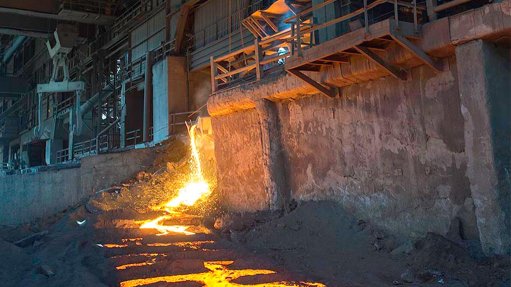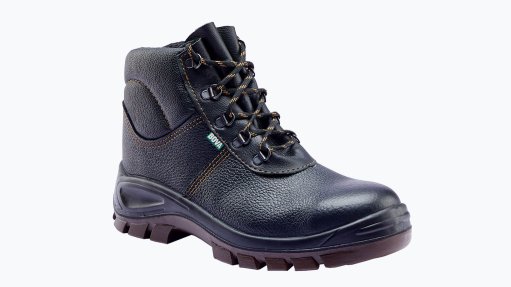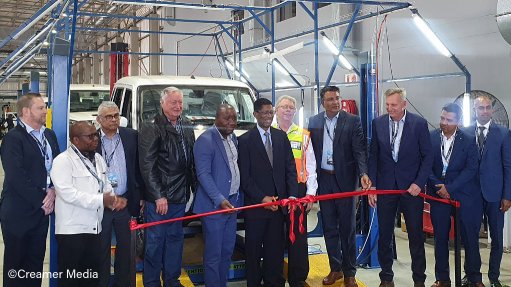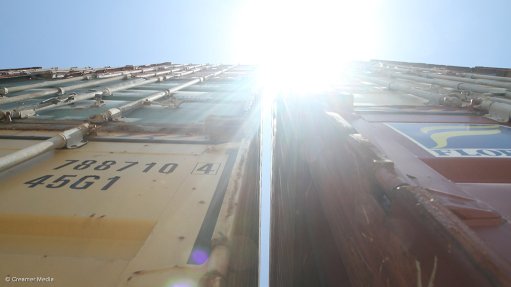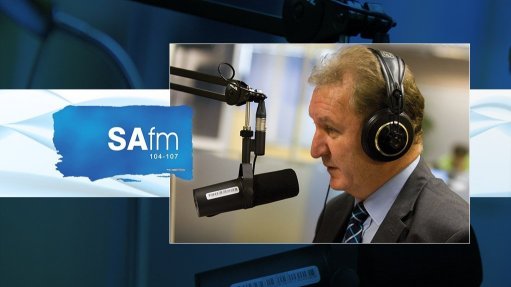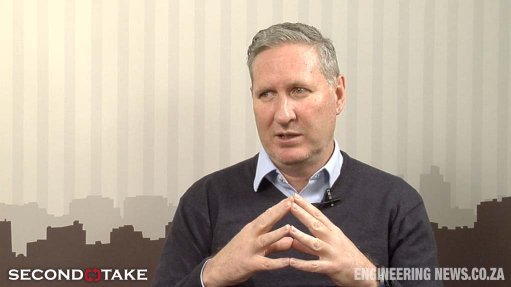Aura announces massive increase in uranium grade at Mauritania project
ASX- and Aim-listed Aura Energy has achieved an average 550% increase in uranium grade through pilot scale confirmatory results from simple screening techniques carried out at its Tiris uranium project, in Mauritania.
Preliminary bulk leaching tests have also confirmed rapid uranium extraction of over 95%.
“This is a huge step in advancing Tiris to production by showing that lab results can be successfully replicated and even improved at pilot scale, using proven, simple and low-cost screening techniques,” Aura acting CEO Will Goodall said on June 23.
The company said the substantially positive upgradability of the Tiris uranium mineralisation was a key differentiator between Tiris and other uranium projects with comparable feed grades, resulting in a smaller, more efficient leach circuit with generally lower capital and operating costs.
Pilot scale tests were conducted at mining science and technology organisation Mintek, in Johannesburg, South Africa, while bulk metallurgical test work is ongoing at minerals processing consultancy ANSTO Minerals, in New South Wales, Australia.
BENEFICIATION PILOT PLANT
Aura conducted the pilot plant trial for the Tiris beneficiation circuit, achieved through simple wet screening, in 2019 at Mintek, with the final results now confirmed. The pilot plant aimed to demonstrate, at larger scale, the substantial upgrade of triuranium octoxide (U3O8) concentration into a small fraction of the mined feed, as was previously demonstrated and reported at laboratory scale.
The beneficiation pilot plant was completed on about 500 kg of composite samples from three key processing domains in the Lazare North and South resources, representative of about the first five years of operation at Tiris.
Results indicated an increase in uranium grade from an average 285 ppm U3O8 to an average 1 572 ppm U3O8, as well as an average mass reduction of 80% of the mined material reporting to the leach circuit, containing an average 90% of total uranium.
“The ability to increase the feed grade to the processing plant to [between] 1 500 [and] 1 600 ppm U3O8 is a key differentiator from other uranium deposits and places Aura in a strong position to advance Tiris into production with low capital and operating costs,” Goodall said.
ANSTO TEST PROGRAMME
Aura initiated a programme of test work with ANSTO in January to confirm process design inputs for Tiris. The ongoing programme is using Tiris sample concentrates generated from the beneficiation pilot plant trial.
The test programme is expected to be completed in the third quarter.
The focus of the programme is to confirm design criteria for use in the planned front-end engineering design (FEED) study, as Aura advances towards a final investment decision (FID) for the Tiris project.
Goodall said incoming positive results continued to drive Aura towards the consideration of an FID, which was targeted for the first quarter of next year.
“We look forward to further derisking and optimising the flowsheet over the coming months as we focus on fast-tracking to initial uranium production at Tiris, with aspirations to expand production to [between] three-million [and] five-million pounds of U3O8 a year early in the mine life,” he added.
Key test work steps include bulk leaching tests to confirm optimum reagent dosage and consumption; and to demonstrate optimum leach residence time to achieve maximum uranium recovery. This will be followed by ion exchange optimisation tests and modelling to demonstrate uranium recovery from leach liquor and concentration prior to precipitation, as well as uranium precipitation tests to produce yellowcake product samples for marketing.
In addition to the confirmation and optimisation of the process parameters for uranium, test work will be performed on the extraction and recovery of vanadium pentoxide as a by-product.
Vanadium occurs with the host uranium mineral, carnotite, in the Tiris resources. During the leaching of uranium, the vanadium is also extracted and can be recovered in the ion exchange circuit separately to uranium and subsequently precipitated and calcined to produce vanadium pentoxide flake by-product.
The by-product credit is anticipated to result in a reduction in overall operating cost for uranium production at Tiris.
The vanadium by-product test work programme will include the examination of two alternative options for the separation of vanadium from uranium in the ion exchange circuit.
BULK LEACH TEST RESULTS
The results of 50 ℓ bulk leaching for all three composite samples were positive, Aura said. The leaching rates for uranium demonstrated rapid and very high uranium extraction for all three samples tested.
The fast uranium extraction rate of the Tiris material was confirmed. Aura said the results of these tests justified the opportunity to reduce target leach residence time by 30%.
Aura said that these changes would be implemented in the upcoming FEED study and would hold potential savings in both capital expenditure and reagent requirements from previous estimates.
The next steps will be to use leach solution generated from the bulk leach tests to complete optimisation and modelling for the uranium ion exchange circuit. This will then flow into precipitation optimisation test work, which will result in final yellowcake product samples to be used in supporting uranium marketing discussions with end-users, including nuclear utilities.
Additionally, Aura noted that the test work on the vanadium pentoxide by-product recovery was ongoing and that the results would be announced when they were available.
Comments
Press Office
Announcements
What's On
Subscribe to improve your user experience...
Option 1 (equivalent of R125 a month):
Receive a weekly copy of Creamer Media's Engineering News & Mining Weekly magazine
(print copy for those in South Africa and e-magazine for those outside of South Africa)
Receive daily email newsletters
Access to full search results
Access archive of magazine back copies
Access to Projects in Progress
Access to ONE Research Report of your choice in PDF format
Option 2 (equivalent of R375 a month):
All benefits from Option 1
PLUS
Access to Creamer Media's Research Channel Africa for ALL Research Reports, in PDF format, on various industrial and mining sectors
including Electricity; Water; Energy Transition; Hydrogen; Roads, Rail and Ports; Coal; Gold; Platinum; Battery Metals; etc.
Already a subscriber?
Forgotten your password?
Receive weekly copy of Creamer Media's Engineering News & Mining Weekly magazine (print copy for those in South Africa and e-magazine for those outside of South Africa)
➕
Recieve daily email newsletters
➕
Access to full search results
➕
Access archive of magazine back copies
➕
Access to Projects in Progress
➕
Access to ONE Research Report of your choice in PDF format
RESEARCH CHANNEL AFRICA
R4500 (equivalent of R375 a month)
SUBSCRIBEAll benefits from Option 1
➕
Access to Creamer Media's Research Channel Africa for ALL Research Reports on various industrial and mining sectors, in PDF format, including on:
Electricity
➕
Water
➕
Energy Transition
➕
Hydrogen
➕
Roads, Rail and Ports
➕
Coal
➕
Gold
➕
Platinum
➕
Battery Metals
➕
etc.
Receive all benefits from Option 1 or Option 2 delivered to numerous people at your company
➕
Multiple User names and Passwords for simultaneous log-ins
➕
Intranet integration access to all in your organisation



